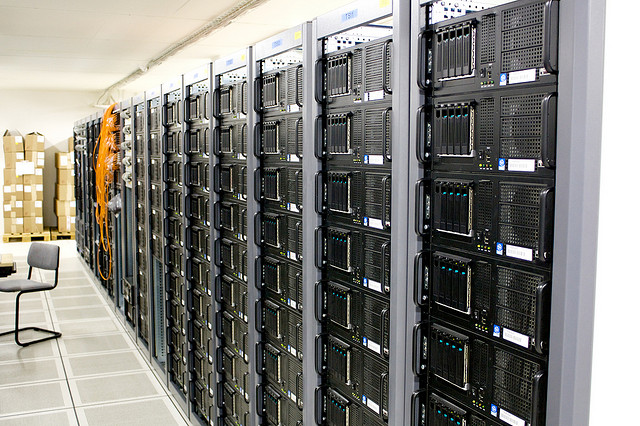 You probably saw the new Windows Server 2016 Pricing FAQ that came out last week. If not, you should go head through it. It’s OK, I’ll wait.
You probably saw the new Windows Server 2016 Pricing FAQ that came out last week. If not, you should go head through it. It’s OK, I’ll wait.
…
So, now that you’ve read it you’re probably all worried about the new Windows Server 2016 pricing structure as it is core based, and you have to purchase a minimum of 16 cores per server. What’s that? You didn’t actually read the FAQ? No problem, here’s the relevant part.
Core licenses will be sold in packs of two licenses. Each processor will need to be licensed with minimum of 8 cores which is 4 two-core packs. Each physical server, including 1 processor servers, will need to be licensed with minimum of 16 cores which is 8 two-core packs. Additional cores can then be licensed in increments of two cores (one two core pack) for gradual increases in core density growth.
Needless to say people are beginning to think that this is another SQL Server Licensing disaster from when SQL Server 2012 went from socket to core based licensing. And in reality this isn’t that big of a deal for most servers. The way the FAQ states things you have to buy 8 cores per socket, with a minimum of 16 cores per server. Now that sounds like a lot, but there’s a little chart in the FAQ that’s really important. I’ve included it below.
So looking at this chart we can see that any machine with less than 8 cores per socket and two sockets or less will cost you exactly the same as it will today. Also any machine with one socket and less than 16 cores will also cost the same as it costs today.
It’s important to remember that today dual socket machines are the bulk of the servers being purchased. Most VM farms (vSphere or Hyper-V) work great on dual docket servers. That’s the bulk of servers at companies right there. It’s only when you get into the really big servers that things are going to change. The really big database servers are going to have a cost increase, but that cost increase is going to be nothing compared to what you are already planning on spending on the SQL Server license. The other big servers at most companies are things like Oracle and SAP, which are already running on something other than Windows.
In the long run, I see this change making almost zero impact on most companies IT expenses.
Denny
The post Just how bad is the new Windows 2016 pricing? appeared first on SQL Server with Mr. Denny.



2 Responses
Most VM farms do run great on dual socket systems – you are dead right. However I haven’t delivered VM farms with sockets running less than 10 cores for the last two years. I deployed 48 sockets of 10 core processors across 24 hosts last year for one project – they are under SA and will now see a shortfall of 96 cores in their Microsoft true up. That is not zero impact by any measure.
In fact next year I was more likely to deploy 16 cores sockets because I can reduce my host count as they are capable of running far more VMs. This means I drive better value out of my Microsoft and VMware licences. This is the reason they have made the change – the per socket licencing favour enterprises over time as long as mooores law holds true. Thsi change is is absolutely no different or less insidious than VMwares memory tax that was introduced in vSphere 5 to combat the same issue and was subsequently dropped less than 12 months later.
Microsoft were very very vocal about telling customers that VMware were ‘the baddies’ when they did this and it was part and parcel of their Hyper-V sell. I hope that the same kind of outrage is expressed and they row back on this ‘core tax’. I find the hypocrisy of it really galling if I’m honest.
So I think you are being a little over optimistic if I’m honest
Never seen a quad scale better than two duals anyway. 🙂